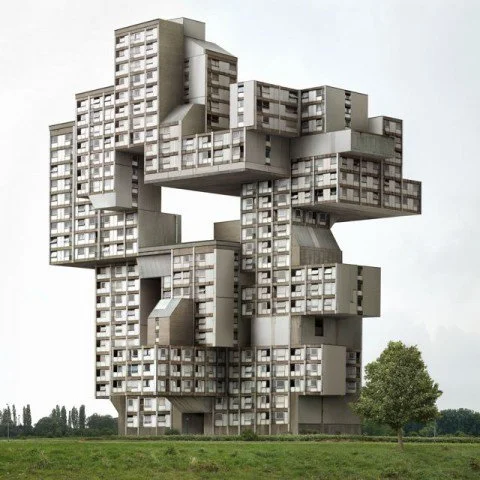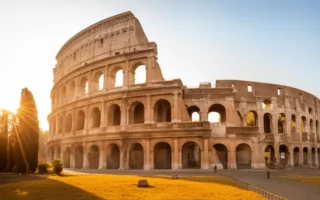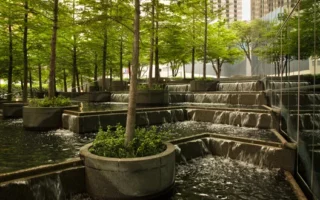Introduction:
Architecture serves as more than just a functional necessity; it is a reflection of the values, beliefs, and aspirations of a society. From ancient civilizations to modern metropolises, the built environment tells a compelling story of human culture and history. In this exploration, we delve into the intricate relationship between architecture and culture, uncovering how architectural forms, styles, and spaces encapsulate the essence of a society.
1.Architectural Styles as Time Capsules: Tracing Cultural Evolution
Evolution of Architectural Styles: Each period in history is characterized by distinct architectural styles that reflect the prevailing cultural, political, and technological influences of the time.
Ancient Wonders: From the majestic pyramids of Egypt to the awe-inspiring temples of Greece, ancient architecture embodies the spiritual beliefs, societal structures, and technological advancements of early civilizations.
Revival and Innovation: Architectural movements such as the Renaissance, Baroque, and Gothic periods witnessed the revival of classical forms and the emergence of new design principles, shaping the cultural landscape of Europe and beyond.
2.Cultural Identity and National Pride: Icons of Nationhood
National Symbols: Iconic buildings and landmarks often serve as symbols of national identity and pride, representing the collective heritage and aspirations of a nation.
Architectural Icons: Examples include the Eiffel Tower in France, the Taj Mahal in India, and the Sydney Opera House in Australia, which have become synonymous with their respective countries and cultures.
Architectural Diplomacy: Buildings such as embassies, government palaces, and cultural centers reflect a nation’s desire to project its image and values on the global stage, fostering diplomatic relations and cultural exchange.
3.Sacred Spaces: Expressions of Faith and Belief
Spiritual Sanctuaries: Religious architecture encompasses a diverse array of sacred spaces, including temples, mosques, churches, and synagogues, which serve as places of worship and spiritual contemplation.
Architectural Language: The design of religious buildings often incorporates symbolic elements, sacred geometry, and ornamentation that reflect the beliefs, rituals, and cultural traditions of the faith community.
Unity and Diversity: Despite their differences, religious buildings share a common purpose of fostering community, promoting harmony, and providing a connection to the divine, transcending cultural boundaries and divisions.
4.Urban Fabric and Social Dynamics: Shaping the Urban Experience
Urban Morphology: The layout and design of cities reflect the social, economic, and political forces that shape urban development, influencing patterns of growth, mobility, and interaction.
Public Spaces: Parks, squares, and plazas serve as gathering places for social and cultural activities, fostering a sense of community and belonging among city residents.
Architectural Heritage: Historic buildings and preservation efforts play a vital role in maintaining cultural continuity, preserving collective memory, and safeguarding the identity of neighborhoods and cities.
5.Sustainable Architecture: Towards a Culturally Responsive Future
Cultural Sustainability: In an era of globalization and rapid urbanization, architects and planners are increasingly incorporating cultural considerations into sustainable design practices, respecting local traditions, vernacular architecture, and indigenous knowledge systems.
Community Engagement: Participatory design processes empower communities to shape their built environment, ensuring that architectural interventions are culturally sensitive, socially inclusive, and environmentally responsible.
Cultural Resilience: By embracing cultural diversity and fostering dialogue between tradition and innovation, sustainable architecture has the potential to enrich the cultural fabric of societies, promoting resilience, adaptation, and intergenerational stewardship.
Conclusion:
As we contemplate the rich tapestry of human culture and civilization, architecture emerges as a profound expression of our shared humanity. From the monumental achievements of ancient civilizations to the dynamic urban landscapes of the present day, the built environment serves as a living testament to the values, aspirations, and ingenuity of societies past and present. By recognizing the cultural significance of architecture, we gain a deeper appreciation for the diverse heritage and interconnectedness of our global community, inspiring us to cherish and preserve the architectural treasures that enrich our lives and shape our collective identity.




